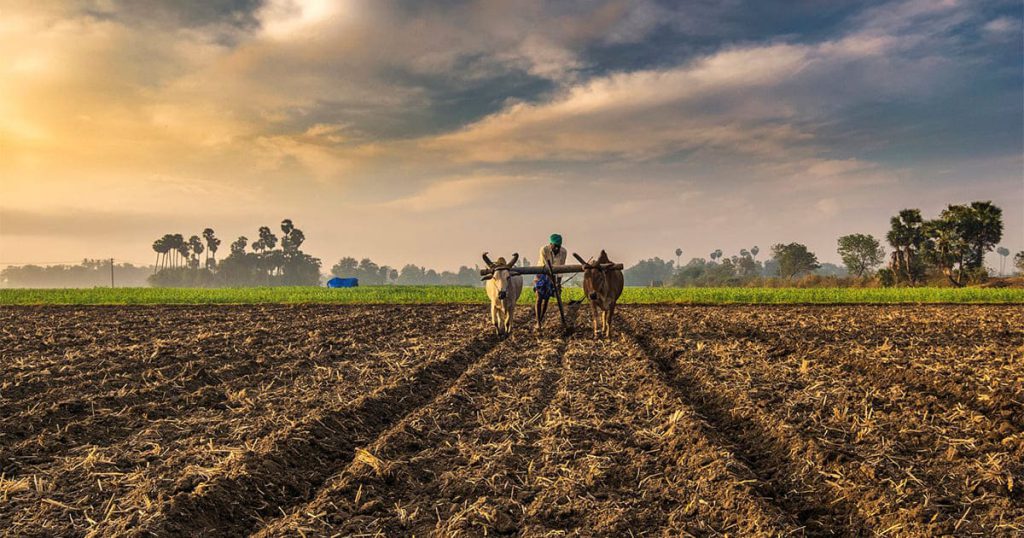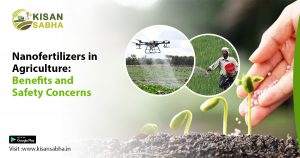Renting farmland can be a smart and rewarding decision for landowners and aspiring farmers. For landowners, it offers an opportunity to generate income from their land without actively farming it themselves. For farmers, renting farmland provides them with valuable resources to grow their crops or raise livestock without the significant upfront investment of purchasing land. However, the process of renting farmland can be complex and requires careful consideration and planning. In this comprehensive guide, we will walk you through the steps involved in renting farmland, covering everything from finding the right farmland to negotiating a fair lease agreement.

Step 1: Assess Your Farming Goals and Needs
Before you start searching for farmland to rent, it’s essential to assess your farming goals and needs. Consider the type of crops you want to grow or the livestock you plan to raise. Evaluate the size of the farmland you require, the specific soil and water requirements, and the proximity to markets and suppliers. Understanding your farming goals will help you narrow down the location and type of farmland you need.
Step 2: Research Farmland Opportunities
To find suitable farmland to rent, explore various resources, including
- Online Platforms:- Several online platforms connect landowners and farmers seeking farmland. Examples include Farm Lease Connection, Land Lease Exchange, and state-specific agricultural leasing websites.
- Local Farming Associations:- Contact local farming associations, agricultural extension offices, and cooperative extension services in your area. They often have information about available farmland and can assist in connecting you with landowners.
- Real Estate Agents:- Some real estate agents specialize in agricultural properties and may have listings for farmland rentals.
- Word of Mouth: Network with other farmers in your area and let them know you are looking to rent farmland. They might have leads or connections that could be valuable.
Step 3: Visit and Inspect the Farmland
Once you have identified potential farmland opportunities, schedule visits to inspect the properties in person. Assess the soil quality, drainage, access to water sources, existing infrastructure, and any potential environmental factors that may impact farming operations. Take note of neighboring properties and potential sources of pollution or pests that could affect your farming endeavors.
Step 4: Evaluate Lease Terms and Agreements
When you find a suitable farmland opportunity, it’s time to discuss the lease terms and agreements with the landowner. A farm lease typically includes the following components:
- Lease Duration:- Determine the length of the lease, which can vary from one to several years.
- Rent and Payment Terms:- Agree on the rental amount and the frequency of payments. Rent can be a fixed annual amount, a percentage of the farm’s revenue, or a combination of both.
- Security Deposit:- Consider whether a security deposit is required, and if so, discuss the amount and conditions for its return.
- Maintenance and Repairs:- Clarify the responsibilities of both the landowner and the farmer regarding maintenance, repairs, and improvements to the property.
- Land Use Restrictions:- Discuss any land use restrictions imposed by the landowner or local regulations. Ensure that the intended farming activities are allowed on the property.
It is crucial to put all agreed-upon terms in writing and have a formal lease agreement to avoid misunderstandings or disputes in the future.

Step 5: Seek Legal and Professional Advice
Renting farmland involves legal and financial considerations. It is advisable to seek legal advice to review the lease agreement and ensure that your rights and interests are protected. Consult with professionals such as agricultural economists, tax advisors, or farm business consultants to understand the financial implications of the lease and its impact on your farming operations.
Step 6: Negotiate a Fair Lease Agreement
Negotiating a fair lease agreement is essential for both parties to have a mutually beneficial arrangement. Be open to discussing your farming needs, financial constraints, and any specific requests you may have. A fair lease agreement should take into account the productivity and potential of the farmland, as well as the risks and responsibilities shared by both the landowner and the farmer.
Step 7: Comply with Legal and Environmental Regulations
Ensure that you are aware of and comply with all legal and environmental regulations related to farming in your area. This may include obtaining necessary permits, following zoning requirements, and adhering to environmental conservation guidelines. Compliance with regulations is crucial to avoiding legal issues and maintaining a positive relationship with the landowner.
Step 8: Insure Your Farming Operations
Protect your farming operations by obtaining the appropriate insurance coverage. Consider farm insurance policies that cover your crops, livestock, farm equipment, and liabilities. Additionally, ensure that the lease agreement addresses insurance responsibilities and liabilities between the landowner and the farmer.
Also Read:- What is Precision Irrigation and Its Benefits?
Conclusion
Renting farmland can be a win-win situation for both landowners and farmers, providing opportunities for financial returns and access to valuable resources, respectively. Following a comprehensive guide to renting farmland can help ensure a smooth and successful leasing process. From assessing your farming goals and needs to negotiating a fair lease agreement, each step is vital in securing the right farmland and building a sustainable and fruitful farming operation. By fostering strong relationships, complying with regulations, and implementing sustainable practices, farmers can build a productive and mutually beneficial partnership with landowners while contributing to the growth and sustainability of agriculture.




